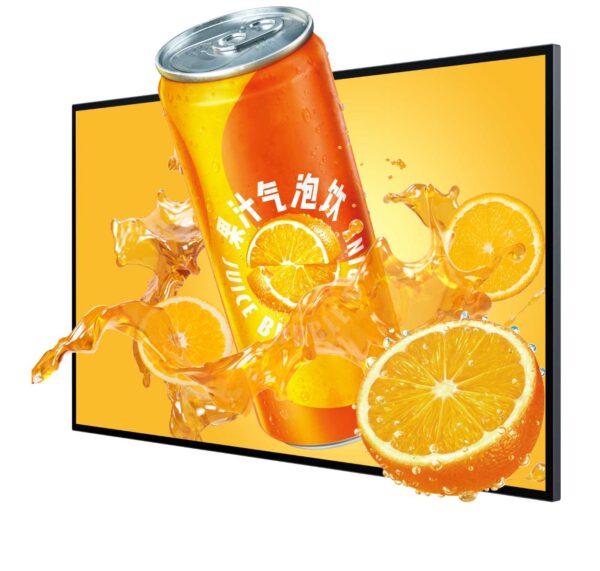Recently, the Hainan Leisure Expo was held in Sanya. The cultural and tourism resources display area focused on displaying Yunnan’s history, health, and wellness travel, and other high-quality cultural and tourism resources through naked-eye 3D technology multimedia exhibitions, lightbox posters, and promotional brochures, fully reflecting Yunnan’s cultural tourism image.
I. What is a lenticular monitor?
The lenticular monitor is a display technology based on liquid crystal microlenses. It uses a microlens array to divide a pixel into multiple tiny sub-pixels and controls the sub-pixels by controlling the polarization direction of the liquid crystal microlens, thereby improving the resolution and viewing angle of the display.
II. Technology in lenticular monitor
Lenticular monitor includes a variety of technologies, which work together to optimize and improve the display effect. The following are some of the main technical branches:
1. Technology to overcome the moiré phenomenon: Since the display’s pixel arrangement has a periodic matrix structure, the interference between its light field and the periodic structure of the lens will form moiré fringes that affect the stereoscopic display effect. The technology to overcome the moiré phenomenon mostly uses the tilted lens method and improves the signal processing of the tilted grating.
 2. Improvement of the physical structure of the lens: The parameters of the physical structure of the lens include the direction, shape, and spacing of the lens. By reasonably configuring these parameters, better stereoscopic display effects can be provided.
2. Improvement of the physical structure of the lens: The parameters of the physical structure of the lens include the direction, shape, and spacing of the lens. By reasonably configuring these parameters, better stereoscopic display effects can be provided.
3. Multi-viewer display/multi-viewpoint technology: This technology allows multiple viewers to see different images from different angles, enhancing the interactivity and viewing experience of the display.
4. 2D/3D mode switching or compatible display technology: Due to the current non-popularity of 3D display technology and the limited film sources, 2D/3D compatible display or mode switching technology can better meet the actual needs of users.
5. Technology to improve the resolution of stereoscopic display: The lens screen needs to display multiple parallax images of the left and right eyes in one cycle in the horizontal direction, so the horizontal resolution of a single parallax image is only 1/N of the resolution of the display screen. To improve the resolution of the stereoscopic display, it is necessary to optimize the design of the lens and display system.
6. Structural design technology of liquid crystal lens: Liquid crystal lens is currently a common lens form. It uses the effect of voltage on liquid crystal molecules to achieve a uniform and uneven distribution of liquid crystal molecules, thereby changing the refractive index of the liquid crystal molecule layer. Liquid crystal lens has good effects in mode switching, high-resolution display, multi-viewpoint display, and other aspects of stereoscopic display devices.
III. How lenticular monitors work
The working principle of the lenticular monitor is based on the refraction and focusing of the lens on light. In the lenticular monitor, the light emitted by the screen enters the human eye after being refracted by the lens, forming an image on the retina. The function of the lens is to enlarge the screen size and change the direction of light propagation so that viewers can see clear images at different angles.
For liquid crystal lenticular monitors, the working principle is more complicated. Liquid crystal lenses control the arrangement of liquid crystal molecules through voltage, thereby changing the refractive index of the lens. When the liquid crystal molecules are subjected to voltage, they rearrange and form a convex or concave lens shape, thereby focusing or diverging the light. By changing the size and direction of the voltage, the focal length and shape of the liquid crystal lens can be dynamically controlled, thereby achieving a dynamic display of images and presentation of three-dimensional effects.





